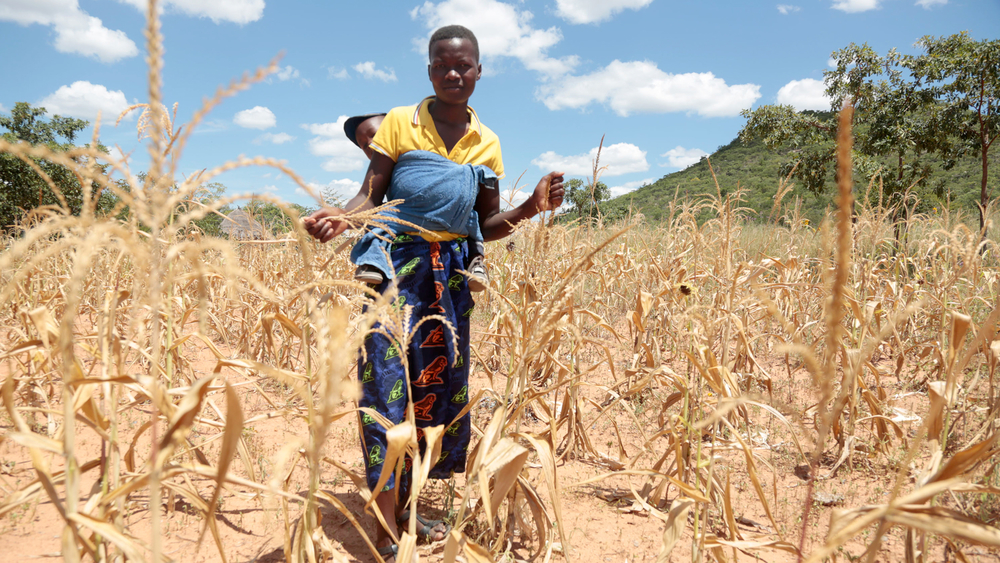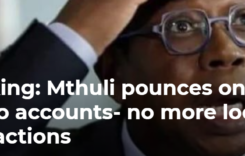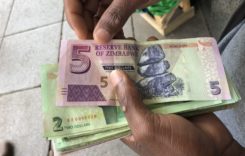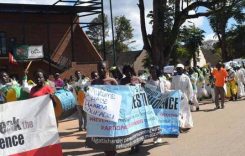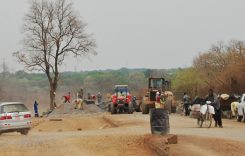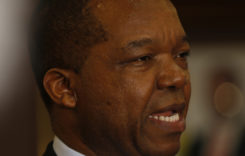Last year’s drought was one of the worst on record – shrivelling maize in farmers’ fields. (Aaron Ufumeli/TNH)
United Nations agency, the World Food Programme (WFP), has appealed for $200 million to help feed nearly eight million people in Zimbabwe – half the national population — as the country faces one of its worst humanitarian crises in a decade.
The UN Office for the Co-ordination of Humanitarian Assistance (OCHA) has published a revised Zimbabwe February 2019-April 2020 appeal for those facing hunger.
Here is a snapshot of some five critical numbers and facts.
How many are classified for assistance?
At least 5.5 million people in rural Zimbabwe and 2.2 million people in urban districts are facing chronic food shortages, according to the WFP.
What are the most dire months?
For the current appeal, the World Food Programme has earmarked January to April 2020 as “the peak of the lean period” when many people would have run out of domestic food supplies and are desperate for assistance. According to the WFP, Zimbabwe could run out of food by the end of February, coinciding with the peak of the hunger season.
How many people are targeted for assistance during the lean period?
In co-ordination with the government, the U.N organisation has scaled up its assistance target from two million people in August 2019 to 4.1 million people during the lean period.
Where does Zimbabwe stand globally in food aid requirements?
Zimbabwe counts amongst the four highest food insecure States, alongside conflict ravaged countries, according to a report in November 2019 by Hilal Elver, the UN’s Special Rapporteur on the right to food. In a separate survey, Zimbabwe was ranked 9th by American charity organisation Concern Worldwide among the “world’s top 10 hungriest countries” in 2018.
What are the reasons behind Zimbabwe’s food shortages?
In the 2018-2019 season, parts of Southern Africa, including Zimbabwe, received their lowest rainfall since 1981, according to the UN Office for the Coordination of Humanitarian Affairs. Zimbabwe’s case is made worse by the fact that the country is also experiencing its worst economic crisis since 2008, marked by shortages of basics such as fuel, electricity and medicines. In 2019, Zimbabwe also stopped pegging its currency at par with the United States dollar, unleashing inflationary pressures last seen in 2008.
Do you want to use our content? Click Here


